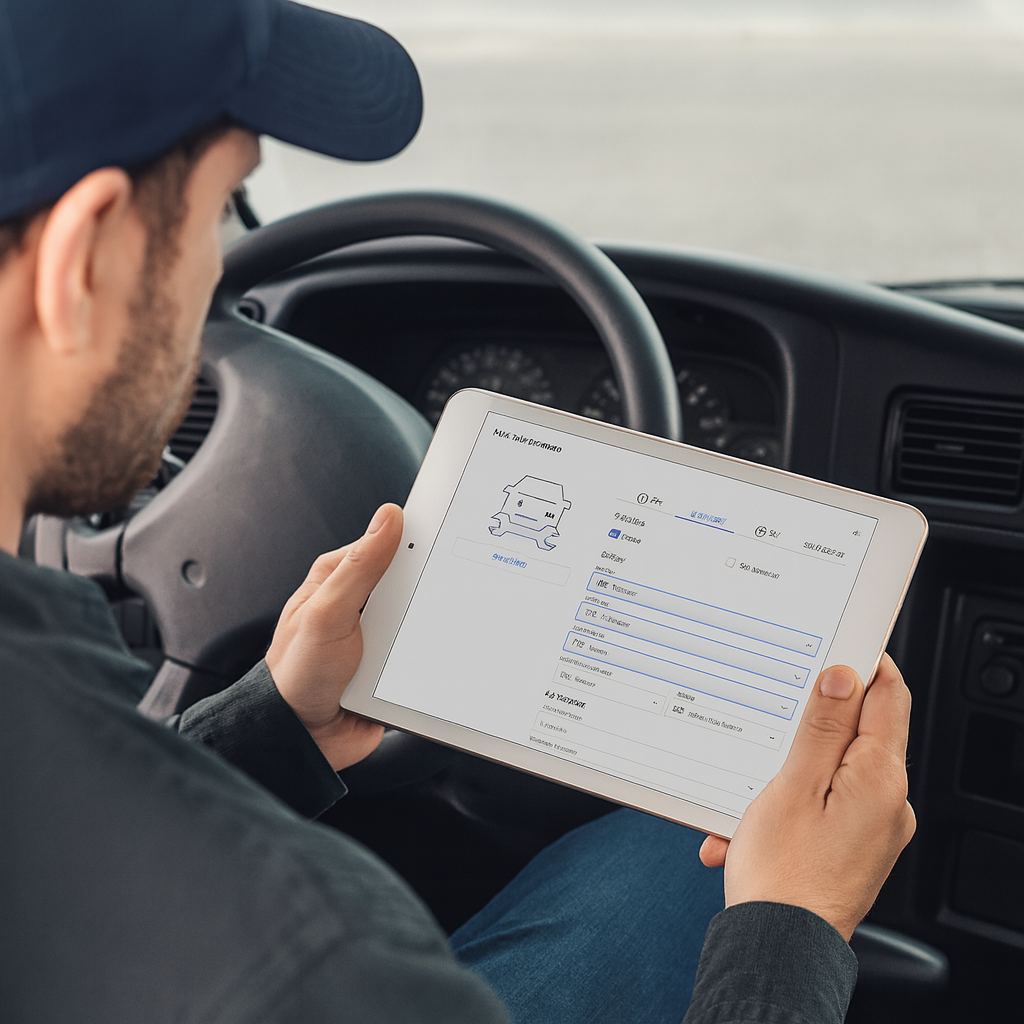Keeping Your Fleet Systems Safe, Stable & Future-Ready: A Practical Guide to Cyber Hygiene and Cloud Tools
In today’s fleet operations, downtime doesn’t just cost money—it disrupts routes, frustrates customers, and puts compliance at risk. Whether it's a...
 Kari Garcia
Kari Garcia



